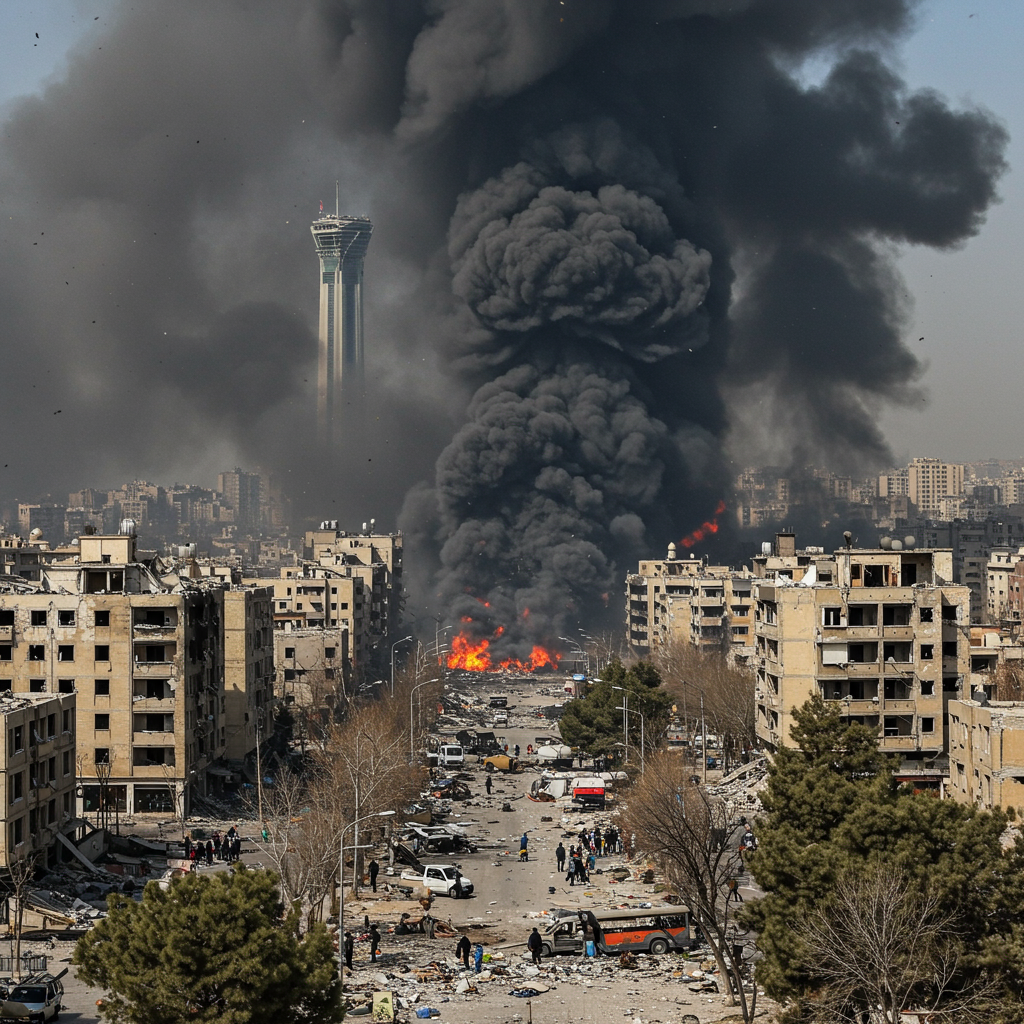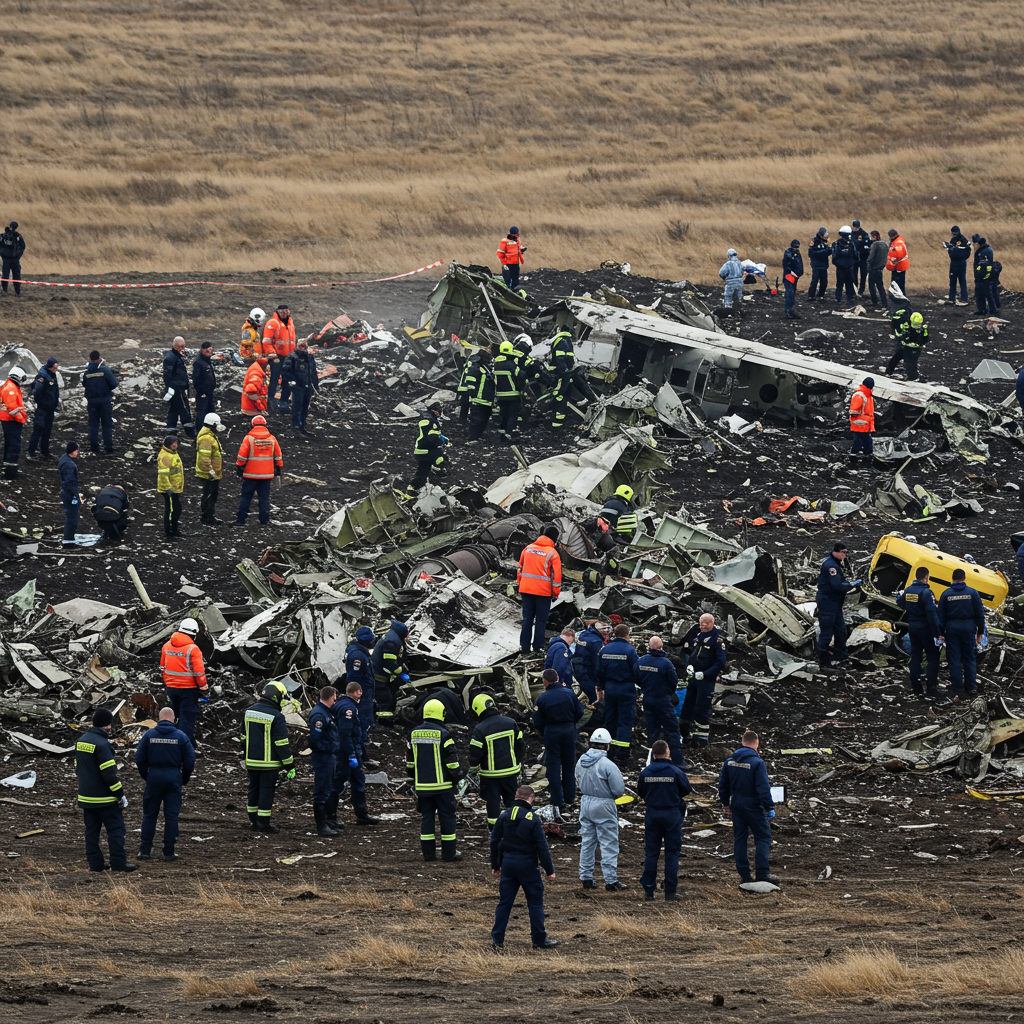Tankers Collide Near Vital Shipping Chokepoint
Two large oil tankers, the Adalynn and the Front Eagle, collided on Tuesday, June 17, 2025, near the Strait of Hormuz, one of the world’s most critical maritime passages for global energy supplies. The incident, which saw a fire erupt on the Front Eagle, occurred approximately 24 nautical miles (about 44 km) off the eastern coast of the United Arab Emirates, near the port of Khor Fakkan.
Maritime security analysts, including British firm Ambrey and UK-based Vanguard Tech, quickly assessed the collision as “not security-related,” with initial investigations reportedly focusing on potential navigation errors. Tanker tracking analysis suggests the Front Eagle, moving faster and turning starboard, collided with the aft port side of the slower Adalynn.
Despite the non-security assessment for the collision itself, the incident’s timing and location are highly significant. It happened amidst a period of intense geopolitical strain in the Middle East, with Israel and Iran engaged in a multi-day exchange of air strikes and heightened military posturing. This backdrop has cast a long “shadow” over regional shipping.
The Collision: Details and Immediate Aftermath
According to reports, the Front Eagle, a VLCC (Very Large Crude Carrier) operated by Frontline, one of the world’s largest oil tanker shipping companies, was loaded with 2 million barrels of Iraqi crude oil and en route to Zhoushan, China. The Adalynn, identified as a Suezmax-class tanker owned by India-based Global Shipping Holding Ltd, was sailing without cargo towards the Suez Canal in Egypt. Some reports indicate the Adalynn may be part of the ‘dark fleet’ and potentially uninsured.
Following the collision, a fire broke out on the deck of the Front Eagle but was successfully extinguished. The United Arab Emirates coast guard rapidly responded, evacuating all 24 crew members from the Adalynn to Khor Fakkan port. Fortunately, no injuries were reported on either vessel, and initial assessments indicated no oil spill or pollution detected immediately after the incident.
The Strategic Importance of the Strait of Hormuz
The Strait of Hormuz is a narrow waterway linking the Persian Gulf to the Gulf of Oman and the Arabian Sea. It is a vital global choke point, through which roughly a fifth of the world’s total petroleum liquids consumption (around 17-20 million barrels per day) transits, making it the most important oil transit route globally. Any disruption in this strait can have immediate and significant impacts on global energy markets and shipping costs.
Heightened Tensions and Navigation Challenges
Even as investigations into the collision continue, the broader context of rising regional tensions is undeniable. The recent military exchanges between Israel and Iran, including missile strikes, have significantly increased concerns for maritime activity. Maritime experts and shipowners have reportedly grown more wary of using the waterway, with some implementing tighter security measures and others choosing to reroute vessels.
Adding to navigation challenges, reports of electronic interference affecting commercial ship systems have surged in the Strait of Hormuz and wider Gulf region. The multinational, US-led Combined Maritime Force’s JMIC information centre recently issued an advisory confirming reports of interference originating from the vicinity of Iran’s Port of Bandar Abbas and elsewhere in the Gulf. The operator of the Front Eagle, Frontline, had reportedly experienced navigational jamming earlier in the week.
Iran has historically threatened to close the Strait of Hormuz in response to international pressure, a possibility Iranian officials have reiterated since the current hostilities with Israel began. While Iran has not commented publicly on the recent tanker collision or the electronic interference reports, the precarious security situation and increased US military presence, such as the redeployment of the USS Nimitz carrier group, are closely watched signals of mounting concern for maritime and strategic assets.
The confluence of geopolitical volatility and navigational incidents near the strait is increasing pressure on insurers and risk analysts. Concerns about potential cumulative strain on marine war risk underwriting and a spike in premiums for tankers operating in the region remain high, even for incidents deemed accidental. The investigation into the collision is ongoing amidst this complex and tense regional environment.




